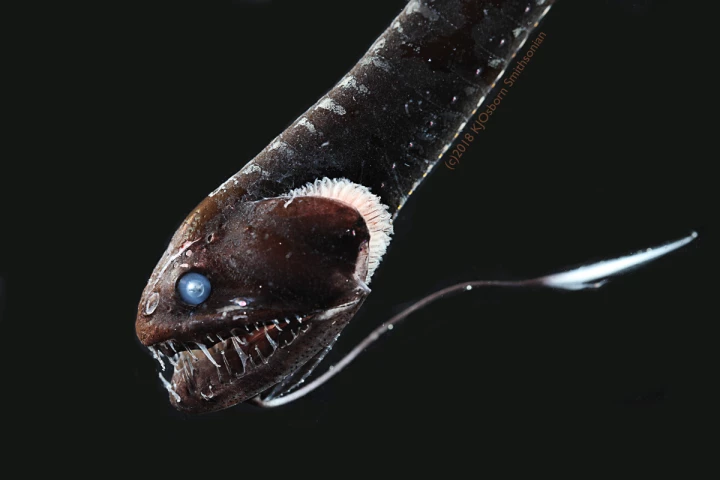Smithsonian
-
Cannibalism among our ancestors is not a surprise, but scientists have been taken aback to find clues of this behavior that hail from 1.45 million years ago. Precision cuts made with a stone tool suggests there were some skilful butchers around too.
-
Scientists studying memory and learning in frog-eating bats have made a surprising discovery, demonstrating that they can recognize ringtones tied to food rewards up to four years later, which is believed to help them hunt in the wild.
-
A new study has shown that creatures typically inhabiting coastal areas are hitching rides out to sea aboard plastic waste, and are able to not just survive, but thrive out in the open ocean ... with untold impacts on the ecosystem.
-
It has generally been thought that electric eels are purely solitary animals, which stalk prey on their own. Now, however, scientists have described seeing the creatures hunting in packs – which only nine other fish species are known to do.
-
While it's important for biologists to know which organisms have colonized the seabed in a given area, excavation is both labor-intensive and ecologically unsound. That's where the Autonomous Reef Monitoring Structures (ARMS) are made to come in.
-
Scientists have discovered ultra-black fish that absorb almost all light that hits them, allowing them to effectively hide in the deepest, darkest parts of the ocean. The find could help inform future advances in optical and camouflage technology.
-
Researchers have now found evidence that some of the world’s most impressive gems, such as the Hope Diamond and the Cullinan – which adorns the Crown Jewels – originated much deeper in the Earth’s mantle than previously thought.
-
The finalists in the 17th Smithsonian Photo Contest have been revealed, selected from over 36,000 submissions. Here are our picks from the sixty sensational finalist photographs.
-
The world's largest museum has released a treasure trove of nearly three million images for free use, including 3D scans. That means you can now 3D-print yourself a range of the Smithsonian's historically significant artefacts.
-
It may not be a Bigfoot or a Loch Ness Monster, but a somewhat creepy new animal species HAS recently been discovered. Named Macrobdella mimicus, it's the first medicinal (human-blood-sucking) leech to be described in North America in over 40 years.
-
A fungus is known to control the minds and bodies of ants to help itself reproduce, but it’s not the only insect to use the morbid tactic. Certain species of parasitic wasps have been found to “zombify” spiders, and now a new review paper has examined exactly how the insects pull off this feat.
-
The winning frames from the 16th annual Smithsonian Photo Contest are in. Sixty finalists were selected from more than 48,000 entries from 207 countries competing for eight prizes across six categories. Here are all the winning shots plus a selection of our favorite finalists.
Load More











